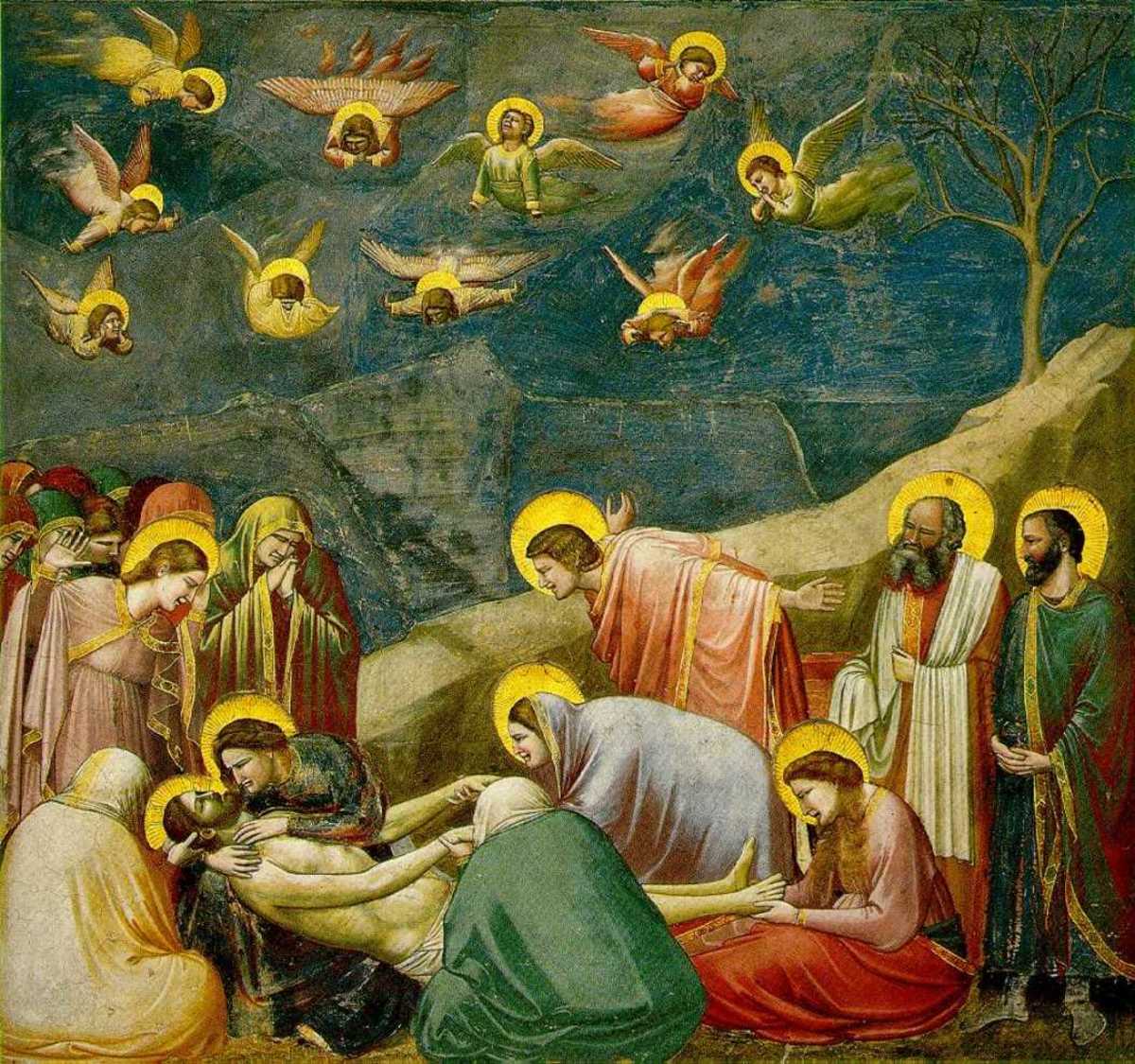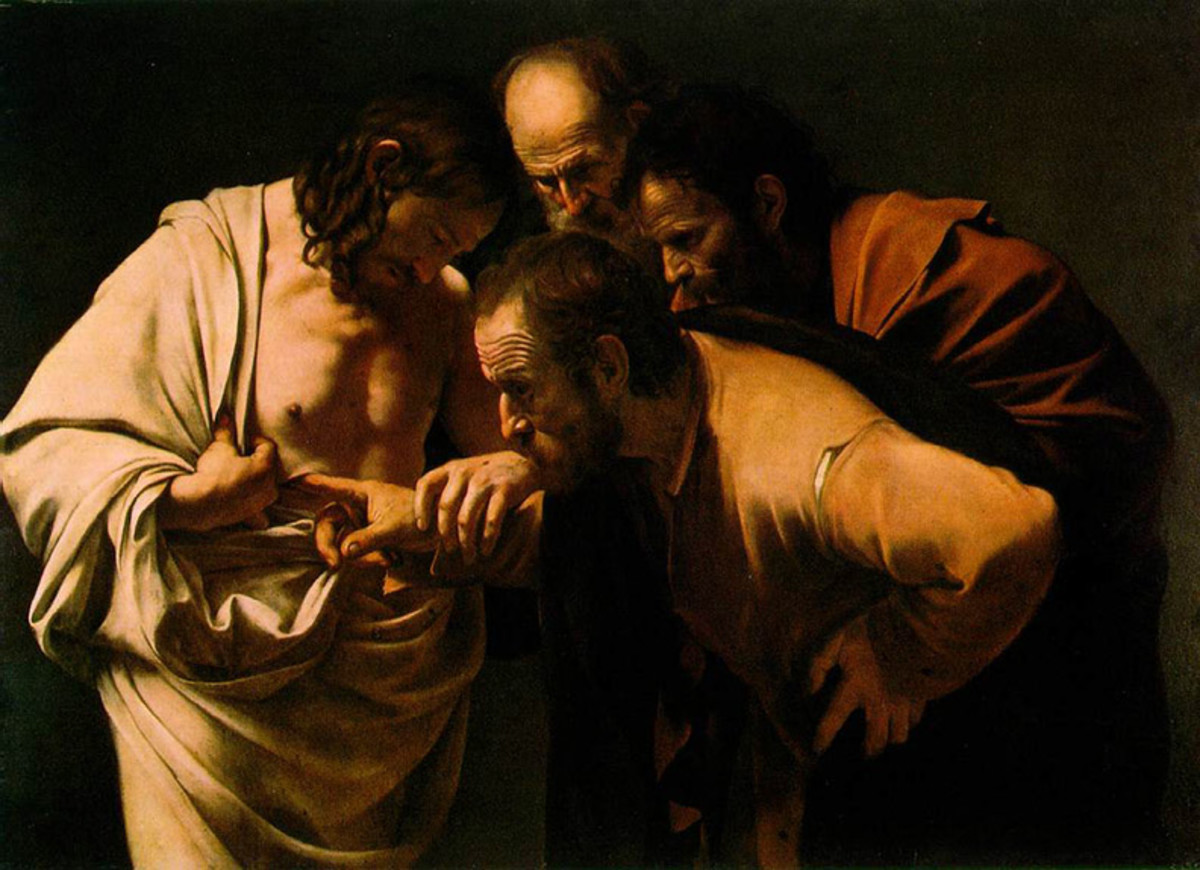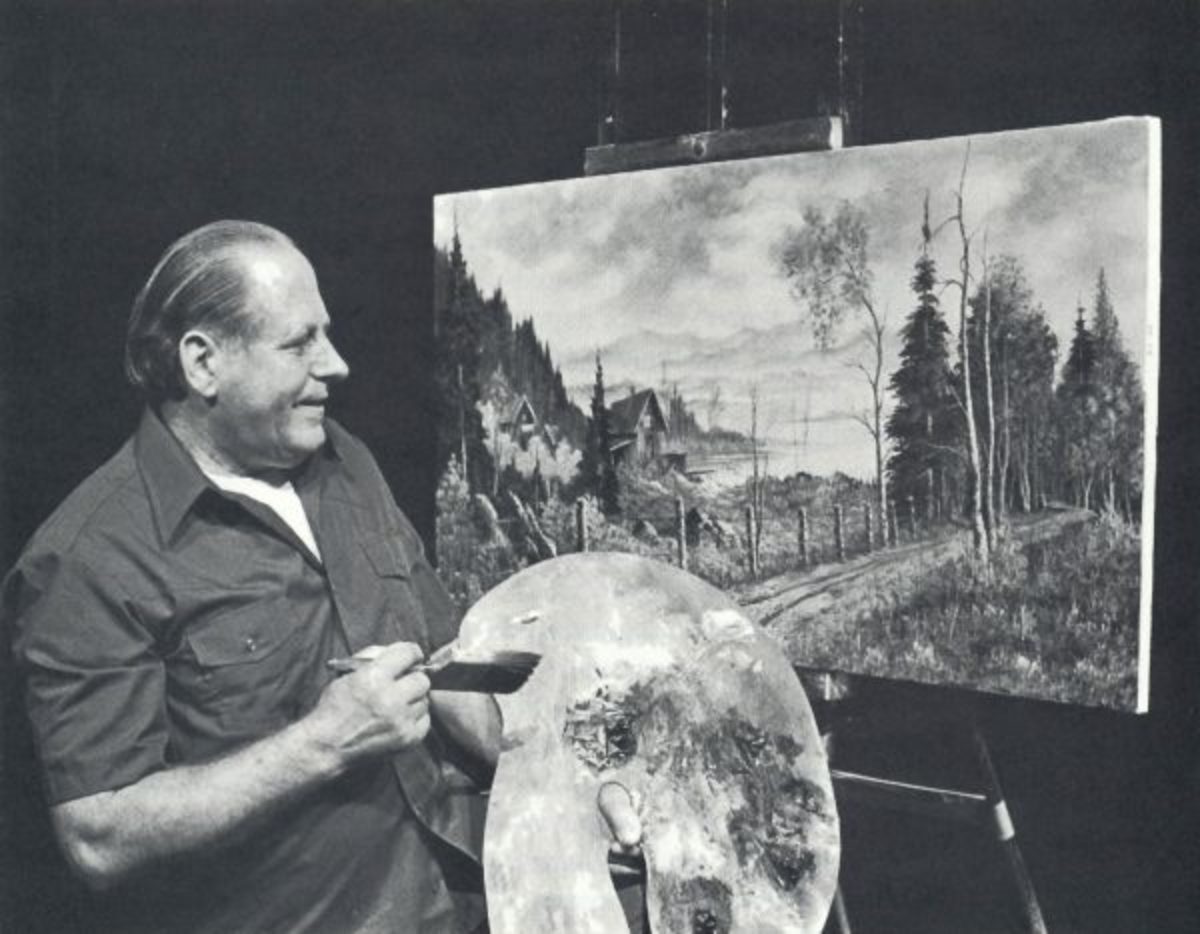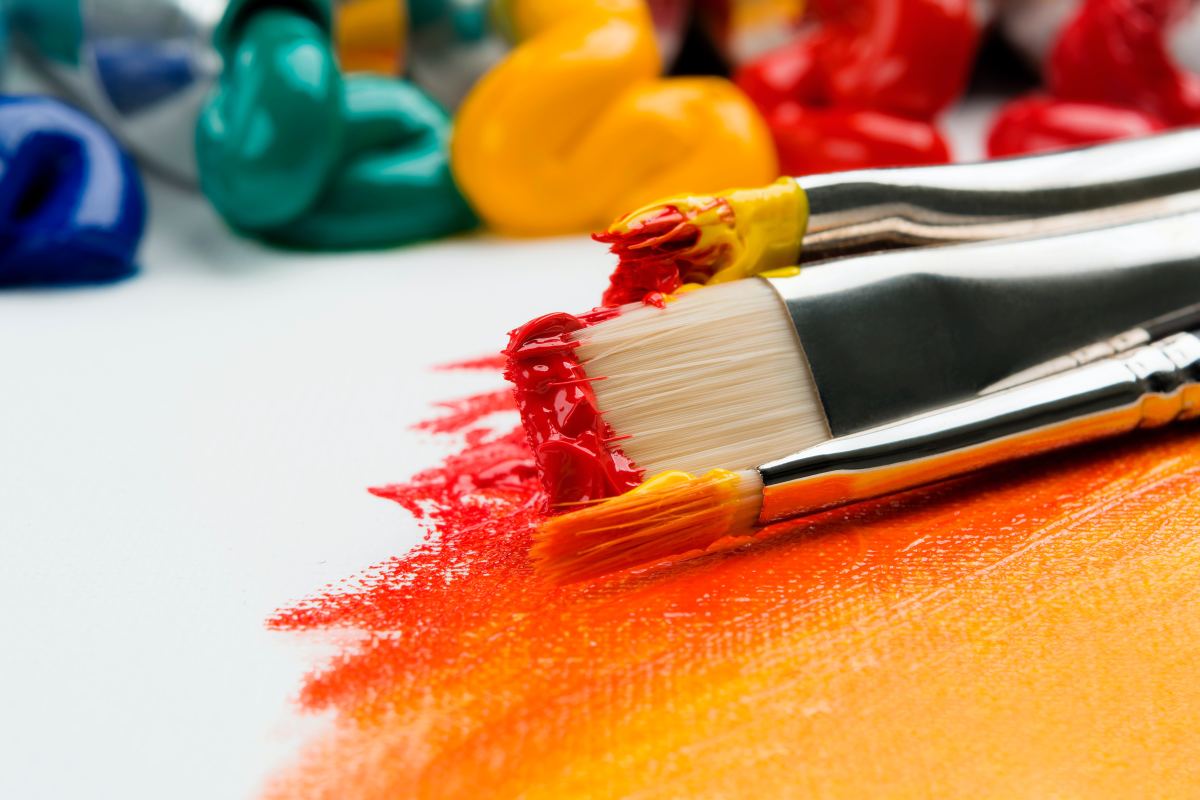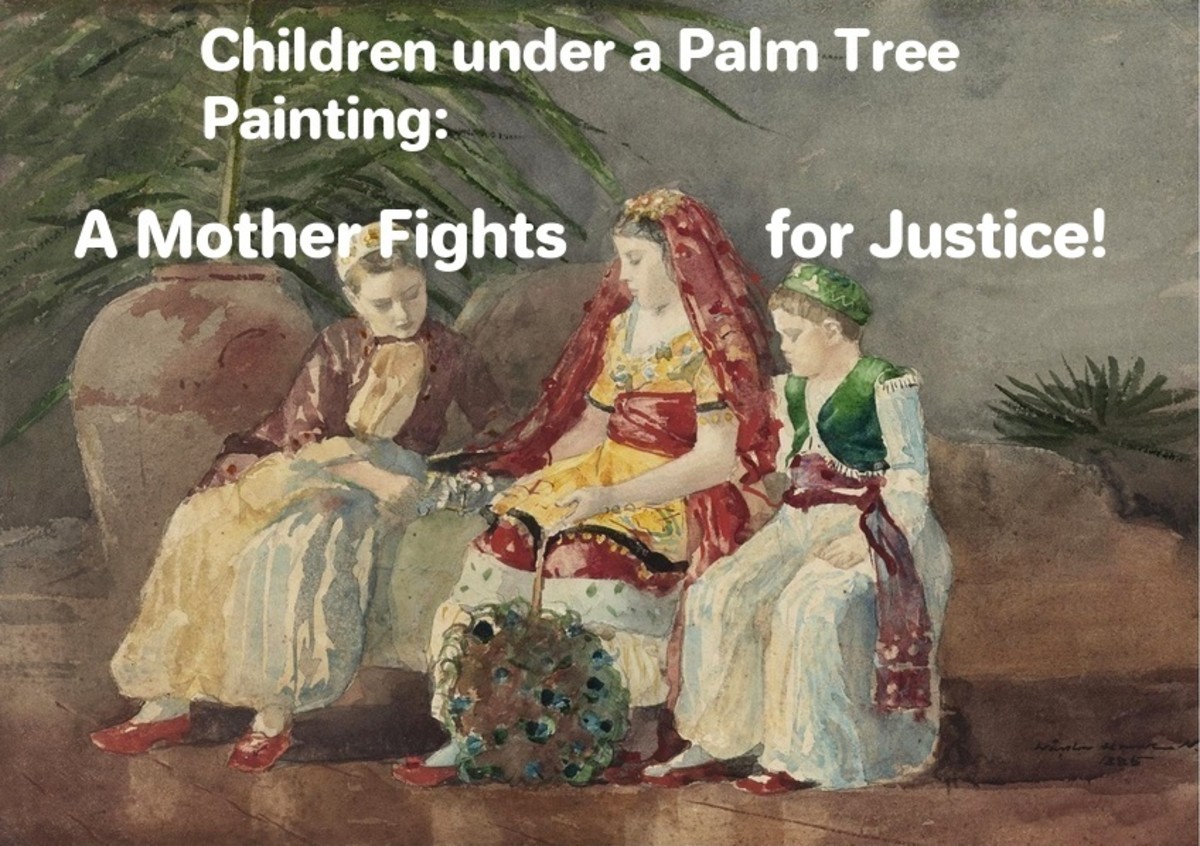Caravaggio: Master of Radical Naturalism
Michelangelo Merisi de Caravaggio
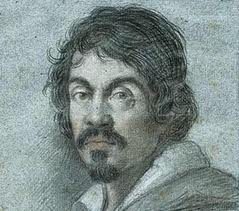
David with the Head of Goliath
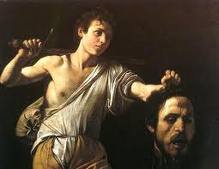
The Entombment
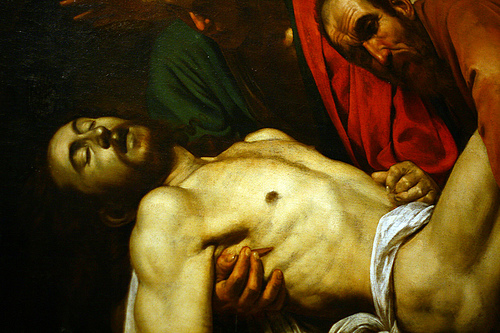
The Card Sharps
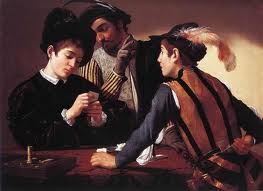
Boy with Basket of Fruit
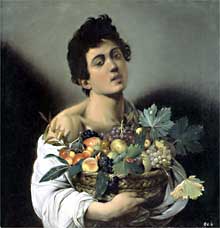
Judith Beheading Holofernes

Boy Bitten by Lizard
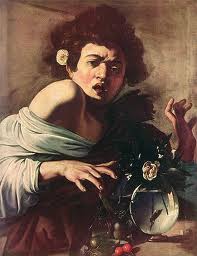
The Life of Caravaggio
Michelangelo Merisi de Caravaggio—better known simply as Caravaggio—is an artist whose work took a long time in reaching the legendary status that it’s now attained. Despite the fact that his influence created the Baroque school of painting, he was all but forgotten after his death in 1610. It was 1920s art critic Roberto Longhi who researched the work of Caravaggio and wrote about him, bringing the forgotten painter back into the public consciousness and into immortality. Caravaggio is now renowned for the intense realism he brought to his work.
According to the accounts written of Caravaggio, the great Italian painter from the late 16th/early 17th century was a proud fool, who couldn’t comprehend the word compromise. This trait allowed him to create some truly magnificent art but it also led to a difficult and sadly short life.
He was born in Milan in 1571 but soon moved to the hill town of Caravaggio to escape the plague which was ravaging Milan. In 1584, he was apprenticed to a noted Milan painter Simone Peterzano, who was a former apprentice of the famous Titian. He remained under Peterzano’s tutelage for several years. In his spare time, he led a rather wild life and often got into trouble. In 1592, he left for Rome, to escape a criminal charge. Rome was considered back then as “the Center of the Universe for artists”.
Taking the name Caravaggio, he struggled as a hungry painter, sleeping in the streets. Luckily, he made a few friends who had ‘street knowledge’. They knew how to sell and he knew how to paint. Their efforts helped him to become known locally as a talented young artist. Caravaggio soon got a job under a successful painter Giuseppe Cesari. (A favorite of Pope Clement.) Caravaggio started to get noticed. His earliest known painting was “The Boy with the Basket of Fruit”.
After receiving an injury (due again to his wild life) Caravaggio took some time to convalesce and lost his job with Cesari and went solo. He soon met and became friends with other artists like Prospero Ori and Mario Minniti. They introduced him to some collectors who liked his work, but it would take time before he was able to demand a good price. His painting The Fortune Teller was practically stolen away at a bargain basement price. Caravaggio’s style was developing. He created a technique grounded in realism, not only of the physical but “capturing the soul and spirit” of the subjects.
Caravaggio also met architect Onorio Longhi, who would become a close friend and a bad influence on Caravaggio. Caravaggio was already known for being a temperamental and undisciplined fellow. Once Longhi introduced him to the dark and sorted underbelly of Rome, there was no turning back for Caravaggio. He became addicted to the decadent night life of Longhi’s wild world. He frequently engaged in street brawls. Caravaggio, Longhi and their motley crew of rough-and-tumble friends marched around Rome like a street gang, getting into fights and any other trouble possible.
In 1596, Caravaggio soon created his first genuine masterpiece, The Card Sharps, which attracted the attention of the man who would become his patron; Cardinal Francesco Del Monte.
During the Counter Reformation, the Roman Catholic Church was trying to deter the growing influence of Protestantism and so went on a church-building spree. These churches all needed art to fill them and so influential Catholic figures were recruiting artists to do religious renderings. Cardinal Del Monte saw the potential in Caravaggio and allowed him live in the Cardinal’s home while the painter created artwork for the church.
Over the next few years, Caravaggio’s reputation grew. He surpassed expectations, creating a number of brilliant chamber pieces, such as The Musicians, the Lute Player and Bacchus, as well as the allegorical Boy Bitten by a Lizard. He always used models for his paintings, never preliminary sketches. His trademark realism was not as evident in the early lite paintings he did for the church but Del Monte and the other Holy Fathers seemed to prefer it that way. He went on to secure a string of important commissions and he even got commissioned to do a painting for the Pope. Caravaggio became the most popular painter in Rome.
As Caravaggio started to delve into deeper religious themes, the intense realism returned to his work. In his painting, The Penitent Mary Magdalene, he depicts Mary at the moment she turned away from her life as a courtesan and weeps on the floor, her jewels scattered on the floor. The painting captured suffering, repentance and salvation. Others of the same style followed, such as Saint Catherine; Martha and Mary Magdalene, and Saint Francis of Assisi in Ecstasy, among many others. He had mastered the raw naturalism which would become his trademark.
But all is not well in Caravaggio’s world. He enjoyed the wild life and liked to associate with people who were unacceptable to his patron and to the church in genera. Gamblers, thieves and ladies-of-the-evening were his circle of friends. Caravaggio was bisexual and for a time has a male lover named Francesco who accompanied him everywhere. Caravaggio also became obsessed with female prostitutes, which lead him into trouble. Caravaggio was constantly getting arrested for one reason or another.
Caravaggio also raised the ire of the church and the nobles when it was learned that he used his lowborn, impoverished companions as his models. Thieves and thugs were being depicted in paintings hanging in churches. The church was shocked to hear that a prostitute had been used as the model for the Virgin Mary. Caravaggio began painting life as realistically dirty and gritty, not idealized as the church expected him to. He created a series of works that featured violent struggles, torture, decapitations, illness and death. His radical naturalism did not ingratiate him to his Holy masters. Many of these painting were rejected by the church. Caravaggio was incensed when his work is criticized or refused on these grounds. But he was unwilling to compromise his art.
He continued to lead a notoriously undisciplined life and kept getting arrested, embarrassing his patron. When he eventually killed a man in a duel in 1606, the Cardinal Del Monte could no longer protect him. He fled to Naples which was outside the jurisdiction of the Roman authorities. Under the patronage of the influential Colonna family, he continued his career, making such paintings as The Madonna of the Rosary.
After only a year in Naples, he decided to go to Malta and apply for membership in the famous roles of the Knight of Malta, hoping that he could gain the patronage of the Knight’s Grand Master Alof de Wingnacourt. Caravaggio hoped that the important and well connected Grand Master could secure him a Papal pardon for his crime of murder.
While he did manage to become an official knight, his rowdy nature ultimately sabotaged him. He was involved in another duel and his life began a downward spiral from which he would never recover. He was imprisoned for a time and released into the custody of a fellow knight. He then fled to Syracuse, where he got shelter from an old friend. He was expelled from the ranks of the Knights.
He continued to get commissions, albeit not as prestigious as before, and his work continued to evolve. His work of this period included The Adoration of the Shepherds and The Raising of Lazarus. He ended up leaving Syracuse after gaining the enmity of his local peers by insulting their art and at one point, cutting up one a painting with his sword, accusing the painter of stealing and demeaning his style. He returned to Naples under the protection of the Colonna family. He continued to paint, although his health was suffering, due to repeated bouts with Malaria. Also, an attempt was made on his life which left him with a scar. It’s unclear who the attempted murderer was.
He painted David with the Head of Goliath, using his own face as the model for the slain giant, indicating how Caravaggio saw himself at this point. Among his final paintings were John the Baptist and The Martyrdom of Saint Ursula.
The art loving nephew of the Pope, Cardinal Borghese, wanted Caravaggio to do some painting for him so he arranged a pardon for the great painter. In 1610, while en route by boat from Naples to Rome to receive his pardon, Caravaggio became seriously ill, due to another bout with Malaria. He was reportedly brought ashore on the island of Porto Ercole, where he apparently died of an extreme fever at the age of 39. But history is murky on the facts of the real location, date and cause of his death. Human remains later found on Porto Ercole in 2010 are suspected of being Caravaggio’s but there is no factual certainty regarding exactly where and how he died.
Caravaggio was a genius who created many masterpieces and inspired the Baroque style, but his inability to control his temper and follow the rules of society caused him endless difficulties throughout his tumultuous life.

